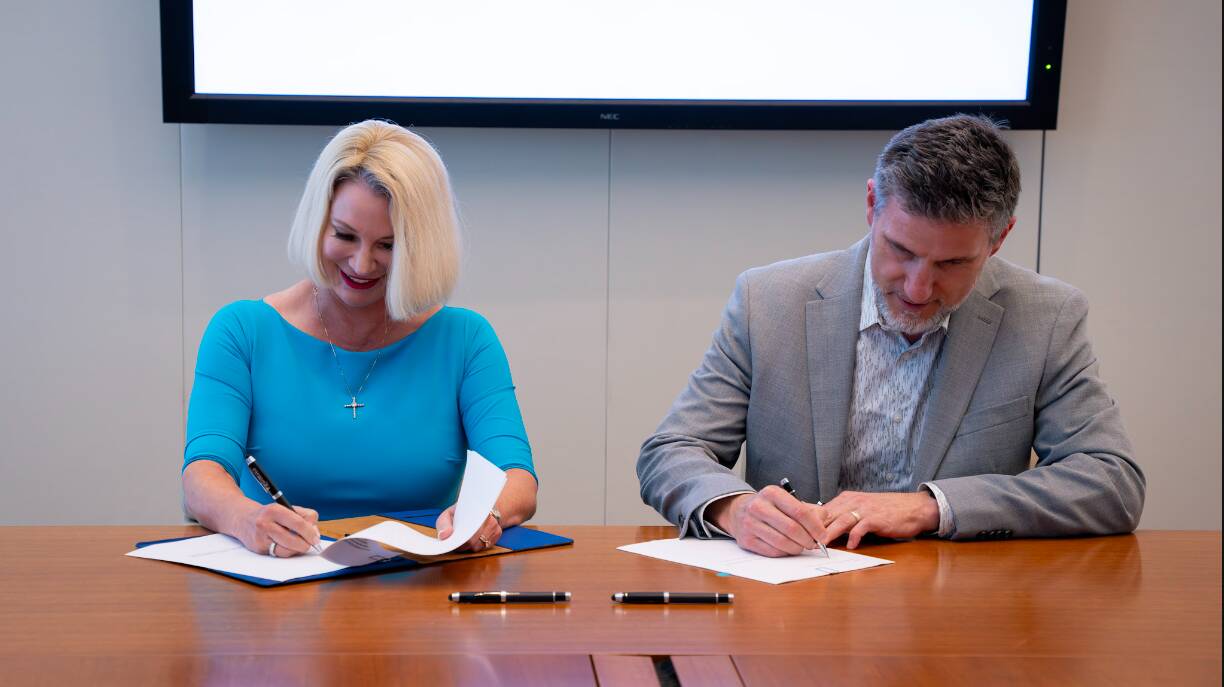selected item
Leading the way to a lower carbon future in Asia Pacific

An undertaking as big as the energy transition not only requires the right technologies and lower-emissions fuels, it also needs bold leadership as well as people with the capability, experience and drive to deliver them.
“The challenge is immense and to tackle it, the world, including the Asia Pacific region, needs bespoke solutions that can be deployed at scale, and at much lower costs than today,” Irtiza Sayyed, Low Carbon Solutions Asia Pacific president says.
Creating this lower-emission future requires multiple solutions implemented at scale. Focusing our efforts on decarbonizing hard-to-abate sectors will be critical to help meet the world’s net-zero ambition, as around two-thirds of CO2 emissions from industrial sources come from the high-emitting sectors such as power generation and heavy industries like mining, steel and cement making.
One effective and scalable technology is carbon capture and storage (CCS).
CCS is capable of removing around 90% of emissions from industrial activities, and according to the IEA, is a critical scalable solution to help reduce industry emissions.
As Asia Pacific’s industrial and power generation needs increase with the growing middle class and the increasing lifestyle demands, technology like CCS could tackle the associated increasing emissions at the scale Asia Pacific needs.
Building a carbon reduction industry
Irtiza says the world needs to establish a new industry – a carbon reduction industry – with new value chains and products, with two areas key to building Asia Pacific’s CCS capabilities.
“The first is understanding how we cost effectively capture CO2, we currently have technology capable of capturing high concentrations of CO2, ongoing technological improvements will help make it more economical and effective at lower concentrations,” he says.
“The second is to develop a cost-effective way of transporting CO2 to CO2 sequestration locations. If you think back 30 or 40 years and compare it to the LNG value chain, you can see how the industry evolved and developed over time. The technological advancements have driven the costs down and created a more liquid LNG market today.” The same can be expected of the CO2 value chain – from capture technology and transport to storage.
An advantage in Asia Pacific
“Meeting these needs plays to ExxonMobil’s strengths, developed over the company’s entire history and across the globe,” he says.
He adds that another critical component is understanding of the subsurface and where the most efficient storage locations could be as well as how they will work.
“ExxonMobil’s scale of operations across Asia Pacific puts us in an advantaged position to help reduce emissions,” he continues. “We’re talking millions of tonnes of CO2 to be captured and stored. Our Upstream operations in the region over many decades has given us unique insights into most advantaged storage locations.”

Making a change in Asia
Irtiza says, “The ingredients are all there for lower carbon solutions to really take hold in this particular region.”
“We believe there are locations in Southeast Asia where storage can take place- abundant space that can store hundreds of millions, even billions of tonnes of captured CO2, permanently and safely.”
Work is already underway in the region, with the signing of carbon capture, transport and storage agreements with state-owned energy companies PETRONAS, in Malaysia, and PERTAMINA, in Indonesia, putting the countries in a leadership position for the region’s growing CCS industry.
In China, we signed a Memorandum of Understanding with CNOOC China Ltd., Shell and the Guangdong Provincial Development and Reform Commission to explore CCS opportunities in the Dayawan Petrochemical Industrial Park, located in Huizhou.
A combination of technologies that work as well as the decades of experience and capabilities to implement those solutions at the scale Asia Pacific needs can help transform the region, driving its energy transition and building a lower-carbon future.
Explore more

Capture it. Move it. Store it: Three steps for reducing CO2 emissions
2 min read
• Aug. 12, 2025
How we’re capturing carbon and storing it safely
2 min read
• May 5, 2025
Calpine, ExxonMobil sign CO2 transportation and storage agreement for power generation project
2 min read
• April 23, 2025
2024: A breakout year for our carbon capture and storage business
3 min read
• Jan. 9, 2025
Steel, ammonia and AI? Oh my! What can’t our CCS help decarbonize?
4 min read
• Dec. 11, 2024
ExxonMobil secures largest CO2 offshore storage site in the U.S.
3 min read
• Oct. 10, 2024